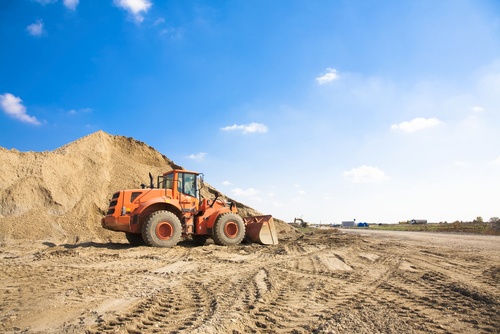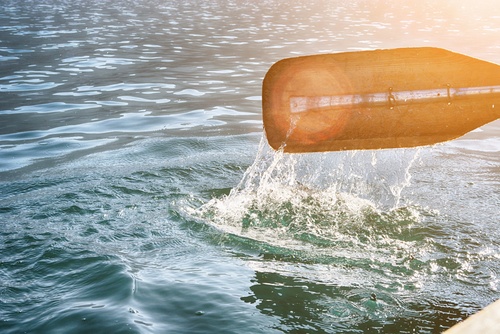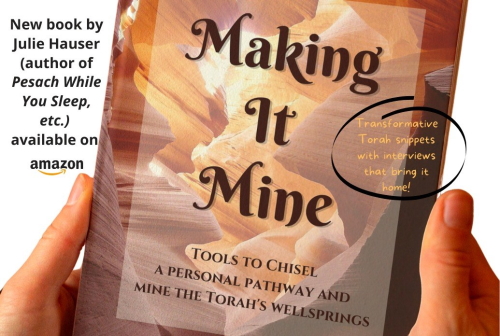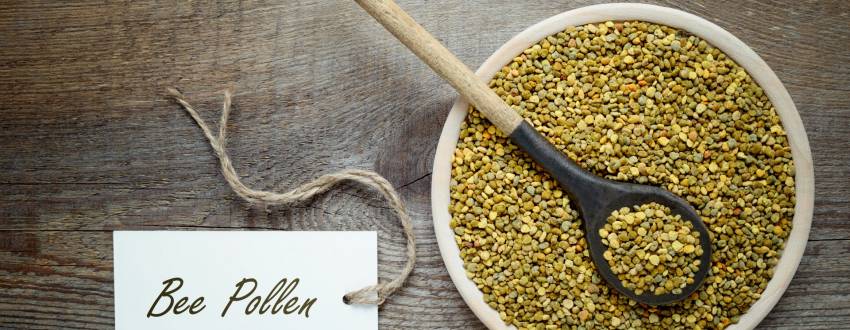Construction Season

When my eldest son was three, he asked why there would be no swimming at day camp this week. I told him that it’s because we are Jewish people, and the Jewish people are sad that we don’t have the Temple anymore, and that we need to pray that Hashem will help us build a new one.
He gave me a serious look, wheels turning, and seconds later, declared his plan: “We need a lot of construction workers, a big pile of dirt, a giant excavator truck, a dump truck, and a steam roller!!”
He was right.
We need a lot of construction workers. We all need to consider ourselves essential to the worksite.
We need to have unity to work on our job as a nation.
We need more Jews to return to their Judaism. (We need to help them, and to be them.) We need a pile- a huge pile of accumulated mitzvot and chesed and Torah learning. We need a dump truck to dump out everything not befitting who we are.
We need an excavator truck to dig deep inside to help us realize our unique potentials.
We need a steam roller to plow right over our yetzer hara and the materialism that obstructs our vision of true purpose.
We need to wear our protective clothing to keep us from being affected by the surrounding mud.
We need to use our tools in our personal toolboxes, and not compare ourselves to one another.
Hashem will find us all, dressed in our uniforms and hard hats, operating huge machinery, excavating our souls, and building each other up.
He will see that even on our lunch breaks, when we are sitting on the construction site, we will be speaking Torah. He will provide the final hammer blow and then, we will park our trucks, and for the first time, truly sing. And, instead of returning to the backyard kiddie pools, we will see Kohanim on the way to the mikvah prior to bringing korbanot in the Beit Hamikdash.
But not that summer. The day after Tisha B’Av, upon arising, my son asked me with mixed seriousness and excitement, “Mommy, is the Beit Hamikdash here? Can we swim now?”
That was nineteen years ago. He no longer plays with cars and trucks, but so much is the same: pools are closed this week, Jewish women search on Kosher.com for meatless menus (and stumble on inspiration articles like this).
Are we getting there?
The Contest
Model Beit HaMikdash. Photograph by Julie Hauser
In a bungalow colony in the Catskills close to forty years ago, Rabbi Katz* announced a summer contest: create the most stunning mini model of the Beit Hamikdash and win a valuable prize – a brand new camera.
The contest was aimed for children, but one enterprising woman, Mrs. Berger*, got into the action. She drove all around the Catskill mountains to find the most creative and fitting supplies, with plastic gems, lace, spray paint, the works. She helped her children construct a truly outstanding model. By the time the big presentation day came around, everyone exclusively oohed and awed over this entry; unquestionably, they would win the prize.
Rabbi Katz presented each model, and then proceeded to announce the winners. As he held up the first prize for all to admire, he suddenly reached into his pocket and withdrew a lighter. Before anyone could react, he proceeded to light the winning display on fire. The whole crowd, especially Mrs. Berger and her children who had spent hours creating the display, cried and screamed! How could he set fire to the wood, the jewels, and all the carefully crafted details they spent money, time, energy, and creativity on for weeks?! How could he just burn it up like that?
Rabbi Katz then asked, “What are you crying about? Why are you all wailing like this? This is only a toy, a model that you created with some wood, glue, and art supplies. I know you worked hard to build it, but it’s just a toy. You are crying over a toy. How about imagining the real pain that Hashem feels over the loss of His home? A home that He waited thousands of years to build and that so much time and expense and love went into. A place where His children gathered and served Him with love and dedication every day for hundreds of years. That’s something worth crying over: the real pain Hashem has over the loss of His Beit Hamikdash.”
[*Heard from Rabbi Elazar Meisels on Torah Anytime, who heard it from “Mrs. Berger” (name changed).]
The Closeness And The Kayak

Rav Shimshon Dovid Pincus zt”l claims we are not crying over “spilled milk,” not over the past. The Beit Hamikdash means Hashem. “It is a place where the Divine Presence dwells. It is crying that springs from our desire and longing for closeness with Hashem, and this is what brings us close to Hashem.” Through this, we live and feel Hashem even in galut (Rav Shimshon Dovid Pincus, Moadei Hashanah, Exile and Consolation, The Three Weeks and Tisha B’Av, p. 247).
Rav Pincus zt”l said Tisha B’Av is the day capable of bringing Mashiach because “It is the day on which a Jew realizes there is nothing else other than Hakadosh Baruch Hu. Although we reach high levels on Yom Kippur, they are quickly forgotten. Tisha B’Av is more suited to internalizing it” (p. 115).
How do we embody this closeness? Rabbi Zechariah Wallerstein zt”l gives instruction and encouragement with a suggestion and a story.
The suggestion:
Rabbi Wallerstein zt”l suggested, “We have to specifically choose something before Tisha B’Av to work on. Just saying, ‘I hope next year Tisha B’Av will be a yom tov and we will eat on it,’ is not enough.” He said, “It is very important to spend a little time by ourselves on Tisha B’Av to think about our churban, and the things in our individual spiritual lives that we wanted (growing up), that are not there, and think about why they are not there, and how to acquire them. There is a lot of introspection outside of kinot that a person needs to do on Tisha B’Av.”
The encouragement:
Rabbi Wallerstein zt”l described Yerushalayim as the Mainland, and the Beit Hamikdash as our treasure. He tells a story of a father and three sons, who were living on an island. As the father approaches death, he tells his sons to go the mainland where each will receive his appointed inheritance. He provides each son a different type of sea transportation – the first a yacht, the second a sailboat, and the third (his most loyal, beloved) son, a kayak.
The youngest son loved his father and knew that his father had only his good in mind, so while he wondered why he got the worst boat, he accepted it and rowed away.
Along the trip, the brother in the yacht runs out of gas, the brother in the sailboat faces a storm and loses his sail, and the one in the kayak aches and gets blisters but keeps on paddling. The other brothers, whom at first seemed like they had the better tools to get there, turn to him for a ride, but the youngest one in the kayak responds, “Sorry – there’s only room for one.” So the son with the kayak gets to the mainland, gets the money, and he understands.
With this story, Rabbi Wallerstein zt”l offered chizuk. He said, “Hashem gave us the koach (strength), even through all this pain, with using our own power together with Him, the ability to get to the Mainland. The Mainland is Yerushalayim, the treasure is the Beit Hamikdash.
“They (all the other nations and empires of the past and present) are all stuck in the middle of the ocean—gone (even the ones that tried to destroy us). And we, the little boat with the Jew in it, keep paddling. With the strength God gives us, and even though it hurts, and even though there’s blisters, and even though the sun is hot, we have the power through what we go through, as Klal Yisrael, to merit to get to the Mainland and get to the Treasure.”
This time period is saturated with Hashem’s rachamim and potential for closeness. Now’s our time to access it—via art contests, construction trucks, kayaks, whatever it takes!
Julie’s brand new book Making It Mine: Tools to Chisel a Personal Pathway and Mine the Torah’s Wellsprings is available here on amazon.

Julie is the author of Pesach While You Sleep, and all her other books found here.





